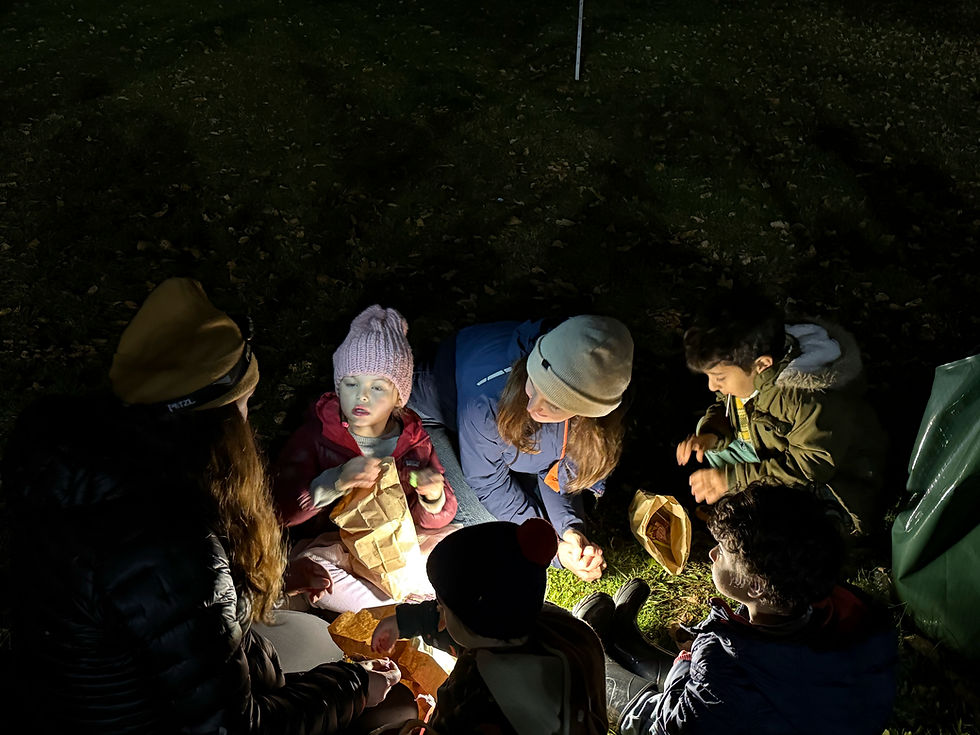Orienteering is not just ________
- Barb Bryant
- Apr 13, 2024
- 2 min read
We learn from every conference we attend. At a math teachers' conference on Pi Day, I learned from our co-presenter Vickie Cavanaugh, a 7th grade math teacher in Brookline, MA. Vickie set up a "do now" task as attendees entered the room. She displayed an orienteering map with checkpoints on it, and posted these questions: "What do you notice? What do you wonder?"
At the same conference, I learned about sentence frames and starters from keynote presenters Amy Lucenta and Grace Kelemanik. Let's try it. How would you fill in the blanks?:
Orienteering is not just _________________; it is also ___________________.
I posed this question to attendees at a conference for experiential education. The answers were diverse, and wonderful, and thought-provoking.
I'll tell you how I would fill in the blanks.
I've noticed that many outdoor educators teach orienteering primarily as a distance and bearing exercise. Often there is also a component of plotting checkpoints from latitude and longitude coordinates. These approaches are quite different from the map navigation used in the sport of orienteering. In the sport, the checkpoint locations are shown on the map and do not need to be plotted. And while distance estimation and following a bearing are good skills, map navigation is so much more than that. Arguably, here is what the map would look like if you only used distance and bearing:
If you only use distance and bearing, then all you need to know is the map scale, which way is north, and the relative location of the two checkpoints. But unless you are super accurate with your compass and pace counting, you may have trouble finding that checkpoint.
Orienteering is fundamentally about relating the rich information on the map to what you see around you. Orienteering skills include orienting the map, simplifying features to just what you need for your route, green light / yellow light orienteering to and beyond your attack point, aiming off, catching and collecting features, relocating, and more. Orienteering is not just distance and direction; it is also a rich set of map navigation skills.
Similarly, navigating life is not just following instructions and doing your homework. it's also exploring your world, choosing your goals, seeing multiple ways to achieve them, seeking information, collaborating with fellow travelers, making mistakes and recovering from them, and appreciating the scenery along the way.
When we teach orienteering, we can do so much more than teaching about following a compass bearing. We like to start without the compass, and instead work on exploration, observation, finding things, and simplified maps. And we also like to include discussion about whether some version of these skills can help you to find your way in life.





Comments